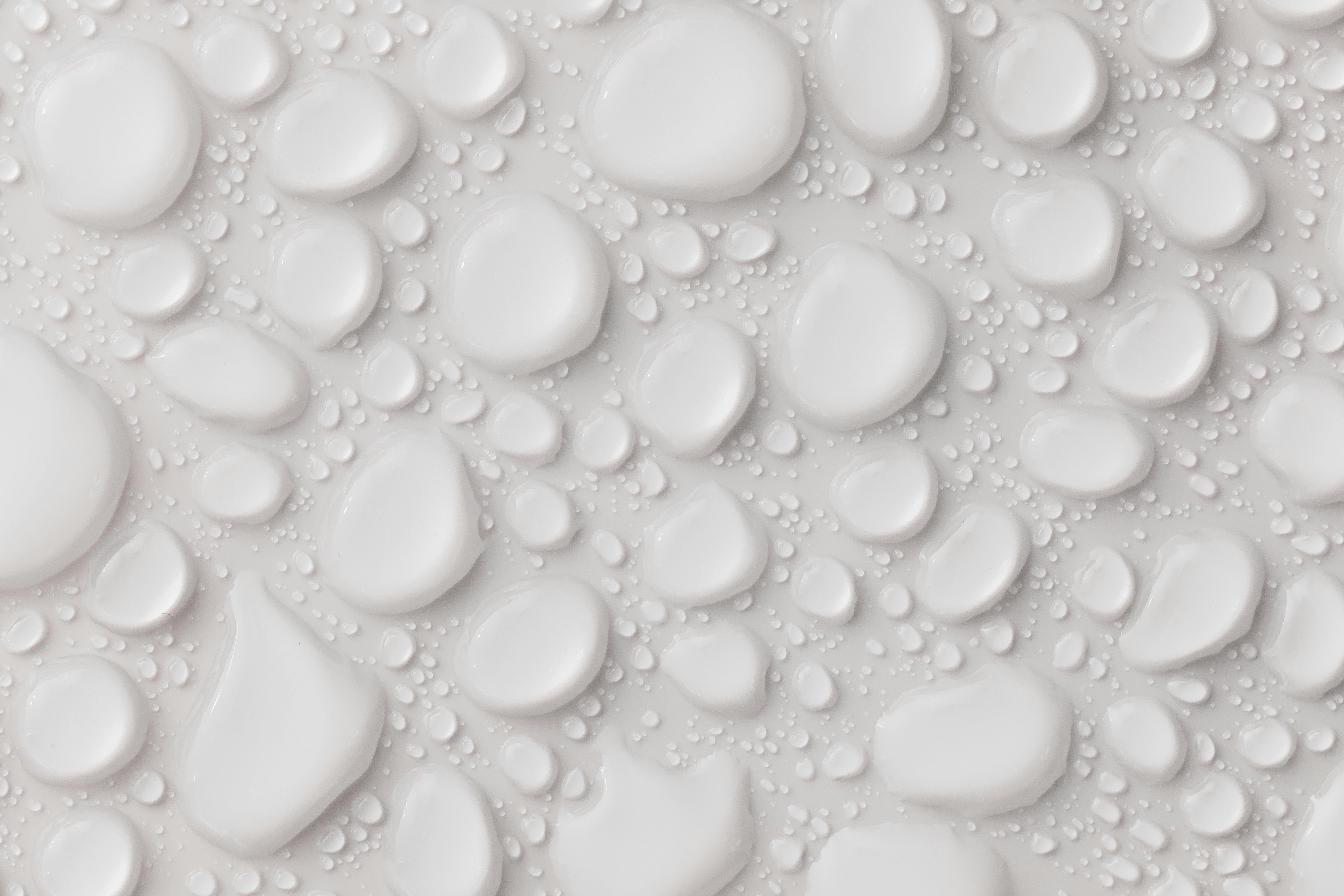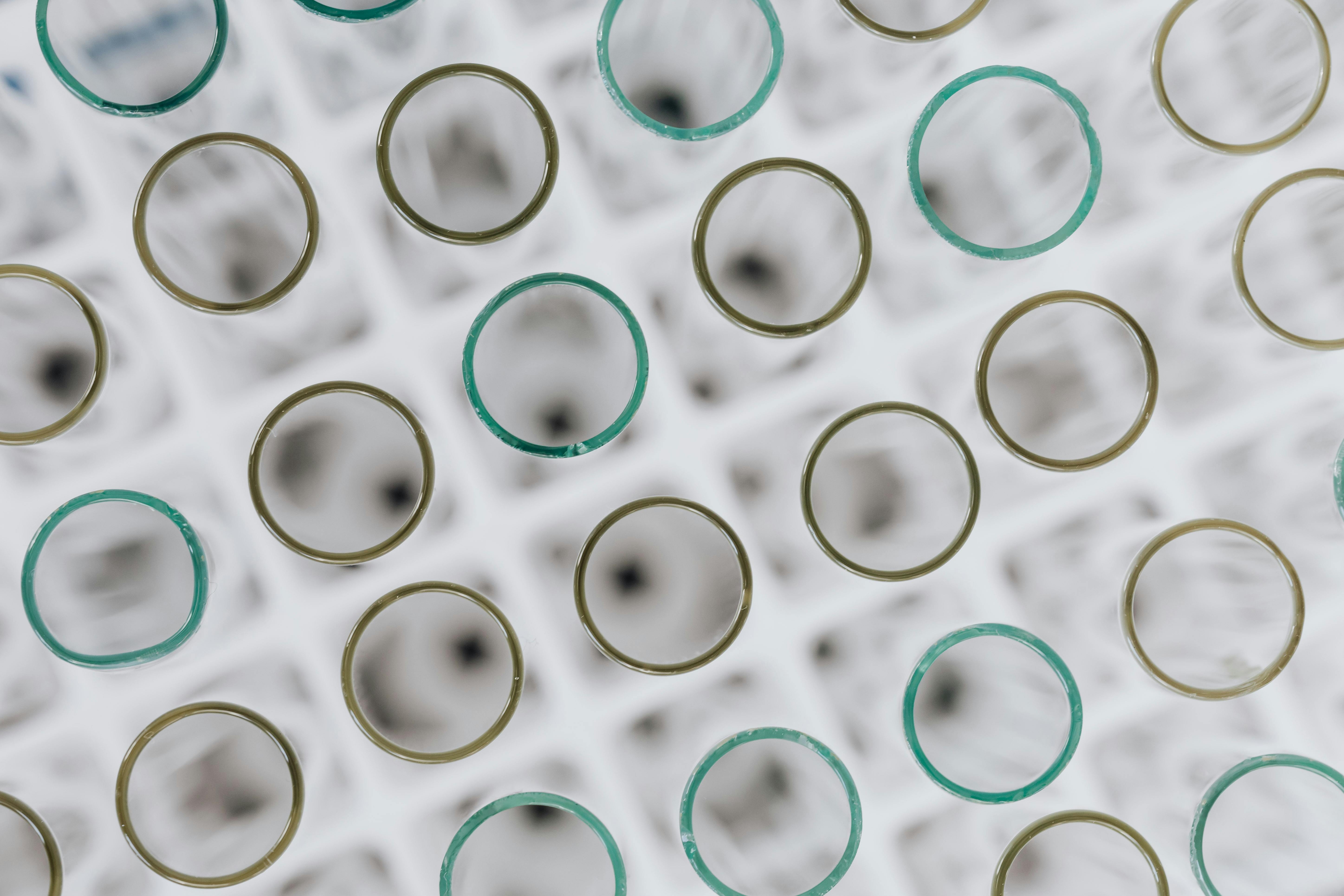There is often confusion over the difference between distilled white vinegar and cleaning vinegar. Distilled white vinegar is made from a grain-alcohol base, while cleaning vinegar is made from acetic acid. While both are acidic solutions that can be used for cleaning, their different ingredients mean they have different strengths and uses.Distilled white vinegar is a type of vinegar made from grain-based alcohol that has been distilled to produce a clear, colorless solution. It is commonly used for culinary purposes such as pickling, marinating, and cleaning. Distilled white vinegar also has many uses outside of the kitchen, including cleaning and polishing surfaces, removing stains from clothing and fabrics, and even treating skin conditions.
What Is Cleaning Vinegar?
Cleaning vinegar is a type of vinegar made specifically for cleaning purposes. It is usually made from diluted acetic acid, and the acid content can range between 5-20%. This makes it much stronger than regular white vinegar, which typically has an acidity level of around 5%. Cleaning vinegar is safe to use on many surfaces, and it can be used to remove dirt, grease, grime, and build-up. It can also be used as a disinfectant, and it is often used as an all-purpose cleaner for kitchens and bathrooms. When using cleaning vinegar, it’s important to dilute it with water before applying it to surfaces to avoid damaging them.
Cleaning vinegar is an effective and affordable way to clean your home without using harsh chemicals. It is also eco-friendly and biodegradable, so you won’t have to worry about harming the environment when using it. Additionally, its strong smell helps neutralize odors in your home, making it a great choice for those who want their home smelling fresh and clean.
Distilled White Vinegar
Distilled white vinegar is a versatile kitchen staple, often used for cooking and baking. It can also be an effective cleaning agent. Distilled white vinegar is made from grain alcohol that has been treated with bacteria to form acetic acid. It is then mixed with water to create a solution that is about 5 percent acetic acid. The acidity of distilled white vinegar makes it an ideal choice for tackling hard-to-clean surfaces such as tile, grout, and bathroom fixtures. It can also be used to remove soap scum, mold, and mildew from surfaces.
Cleaning Vinegar
Cleaning vinegar is a type of distilled white vinegar that has been fortified with additional acetic acid to make it even more acidic. The additional acetic acid makes it more effective at cutting through tough dirt and grime without leaving behind any residue. Cleaning vinegar is ideal for removing grease and grime from countertops, kitchen appliances, ovens, stovetops, and other hard surfaces in the home or office. It can also be used to clean windows, mirrors, floors,
Distilled White Vinegar
Distilled white vinegar is a clear liquid made by fermenting grain-based ethanol into acetic acid. The main ingredients of distilled white vinegar are water and acetic acid, which is usually derived from grain-based ethanol. It has a mild, slightly acidic taste with a hint of sweetness. Distilled white vinegar is used for culinary purposes, as an ingredient in marinades, sauces, salad dressings, and pickling. It can also be used for cleaning and deodorizing surfaces like countertops, tiles, windows, and floors. Additionally, it can be used to remove limescale from kettles and other kitchen appliances.
Cleaning Vinegar
Cleaning vinegar is a form of distilled white vinegar with higher acidity than regular distilled white vinegar. It usually contains 6% to 8% acetic acid compared to the usual 5% found in regular distilled white vinegar. This makes it more effective at cleaning surfaces and killing bacteria compared to regular distilled white vinegar. Aside from water and acetic acid, cleaning vinegar may also contain additional ingredients such as preservatives or
Does the Acidity Level of Distilled White Vinegar and Cleaning Vinegar Differ?
The acidity level of distilled white vinegar and cleaning vinegar does differ. Distilled white vinegar is made by the process of fermentation using grains, while cleaning vinegar is a mixture of water and acetic acid. Distilled white vinegar has an acidity level of around 5-7%, while cleaning vinegar has an acidity level of about 6-8%.
The difference in the acidity levels between the two vinegars is due to the different processes used to make them. Distilled white vinegar is made through a process called acetification, which involves adding bacteria to grain alcohol to produce acetic acid. This process takes longer than making cleaning vinegar, which only requires mixing water with acetic acid.
The difference in these processes affects not only the acidity levels but also other properties such as flavor, odor, and color. Distilled white vinegar has a milder flavor compared to cleaning vinegar, which is stronger and more pungent. Additionally, distilled white vinegar tends to have a light yellow color

Sodium Content in Vinegars
Distilled white vinegar and cleaning vinegar both contain sodium, however the amount can vary significantly. Distilled white vinegar typically contains less than 1% of sodium per tablespoon, while cleaning vinegar may contain up to 5% of sodium per tablespoon. The difference in sodium levels is due to the fact that distilled white vinegar is made from grain-based ethanol, while cleaning vinegar is made from diluted acetic acid.
In general, when using either type of vinegar for cooking or as a household cleaner, it is important to read the label and check for the sodium content. For those looking to limit their intake of sodium, distilled white vinegar is a better choice as it contains significantly less than cleaning vinegar. It should also be noted that although both types of vinegars are low in calories and fat, they do contain trace amounts of carbohydrates.
Does the Smell of Distilled White Vinegar Differ From Cleaning Vinegar?
The smell of distilled white vinegar and cleaning vinegar differ significantly. Distilled white vinegar has a milder and smoother aroma, while cleaning vinegar has a more pungent and acidic smell. The difference in the smell is due to the differences in their respective compositions.
Distilled white vinegar typically contains 5-7% acetic acid, while cleaning vinegar contains up to 20% acetic acid. The higher concentration of acetic acid in cleaning vinegar creates a much sharper odor than that of distilled white vinegar. This is why it is often used for household cleaning purposes, as its strong smell can help cut through grease and grime.
Another difference between distilled white vinegar and cleaning vinegar is their color. Distilled white vinegar is typically clear or slightly yellow, while cleaning vinegar can range from light yellow to amber. This color difference is due to the presence of other trace ingredients in both types of vinegars, such as minerals, salts, and other organic compounds.
Overall, the smell of distilled white vinegar differs from that of cleaning vinegar because they have different compositions. Cleaning vinegar
Is One Type of Vinegar Better Than Another for Household Cleaning?
Vinegar is a natural cleaner that has been used for centuries. It is an effective and cost-efficient way to clean many surfaces in the home, from windows to countertops. While all types of vinegar can be used for cleaning, some types of vinegar may be better than others depending on the job.
White vinegar is one of the most popular types of vinegar for household cleaning. It is a strong acid with a pH level of 2 or 3, which makes it effective at killing bacteria and cutting through grease and grime. White vinegar can also be used to remove hard water stains, soap scum, and mineral deposits from surfaces such as countertops and sinks.
Apple cider vinegar is another popular type of vinegar that can be used for household cleaning. It has a milder acidity than white vinegar but still has antibacterial properties. Apple cider vinegar is often recommended as an all-purpose cleaner due to its ability to cut through dirt and grime without harsh chemicals or abrasives. It can also be used to remove odors from fabrics and carpets.
Bals

Conclusion
Distilled white vinegar and cleaning vinegar are two different types of vinegar that have different uses. Distilled white vinegar is best used as a food ingredient or for household cleaning, while cleaning vinegar is more suitable for heavier-duty tasks due to its higher acidity. Use the right type of vinegar for your specific needs and you’ll be sure to get the desired results.
Overall, it’s important to know the differences between these two types of vinegar so that you can make an informed decision when purchasing them. It’s also important to read labels carefully to ensure that the product is suitable for your specific needs.

